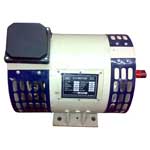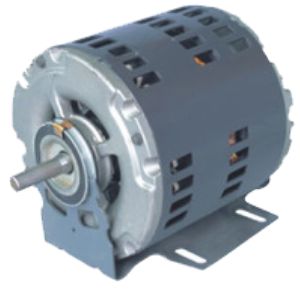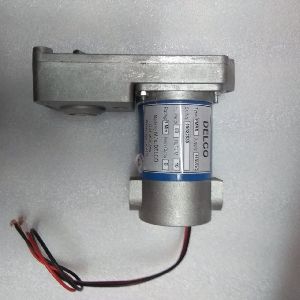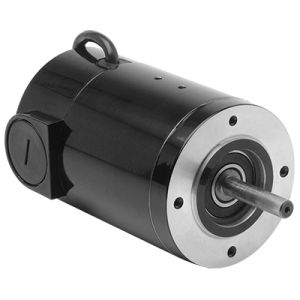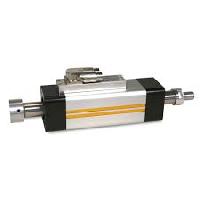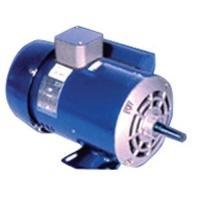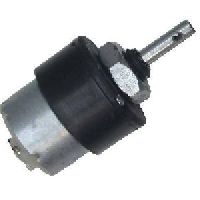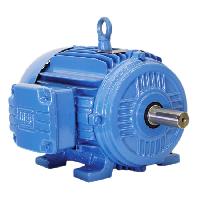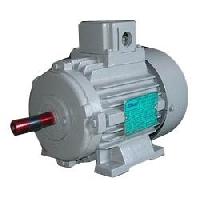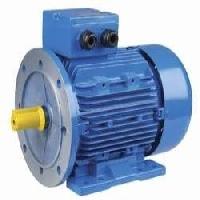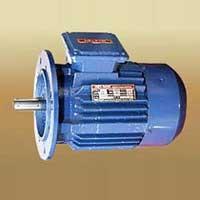Listing ID #4335359
Company Information
Ask for more detail from the seller
Contact Supplier
|
|||
|
Shunt wound Motors are the most widely used as they have a linear characteristic of Voltage & Torque. Shunt motor has more constant and controllable speed over various loads. Series Wound Motors are used for High starting Torque Applications. Series motor has greater torque capabilities Compound Wound Motors are used for Mixed Load Applications. The above two desirable characteristics can be found in the same motor by placing both a Series field and Shunt field winding on the same pole. Thus we have, the Compound motor. The Compound motor responds better to heavy load changes than a Shunt motor because of the increased current through the series field coils. This boosts the field strength, providing added torque and speed. |


